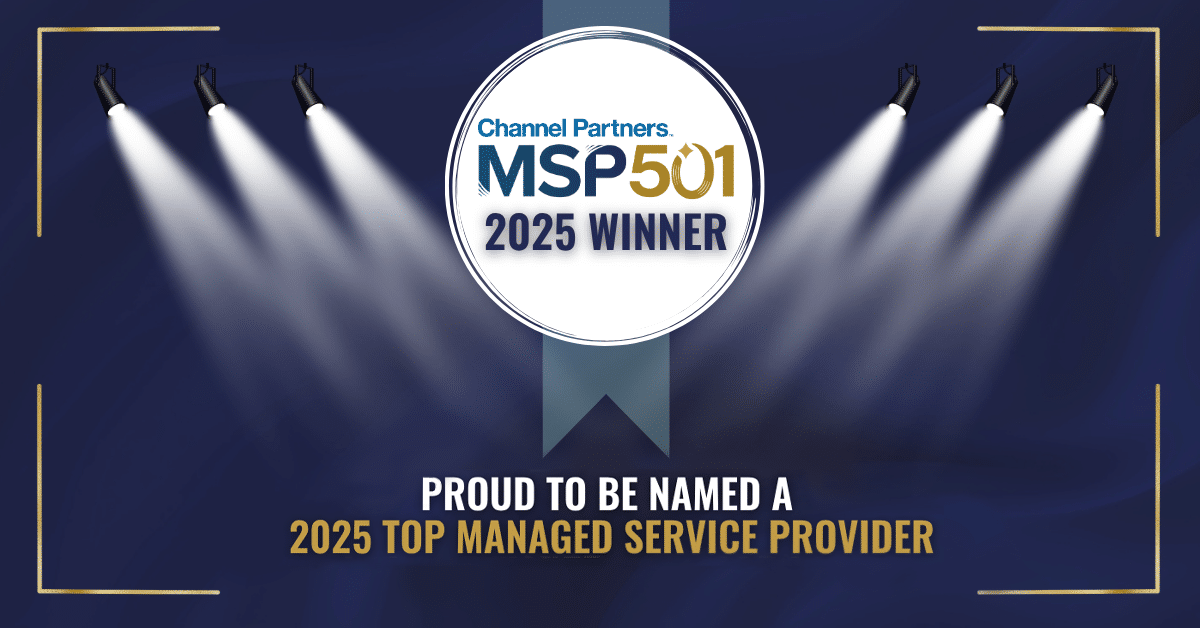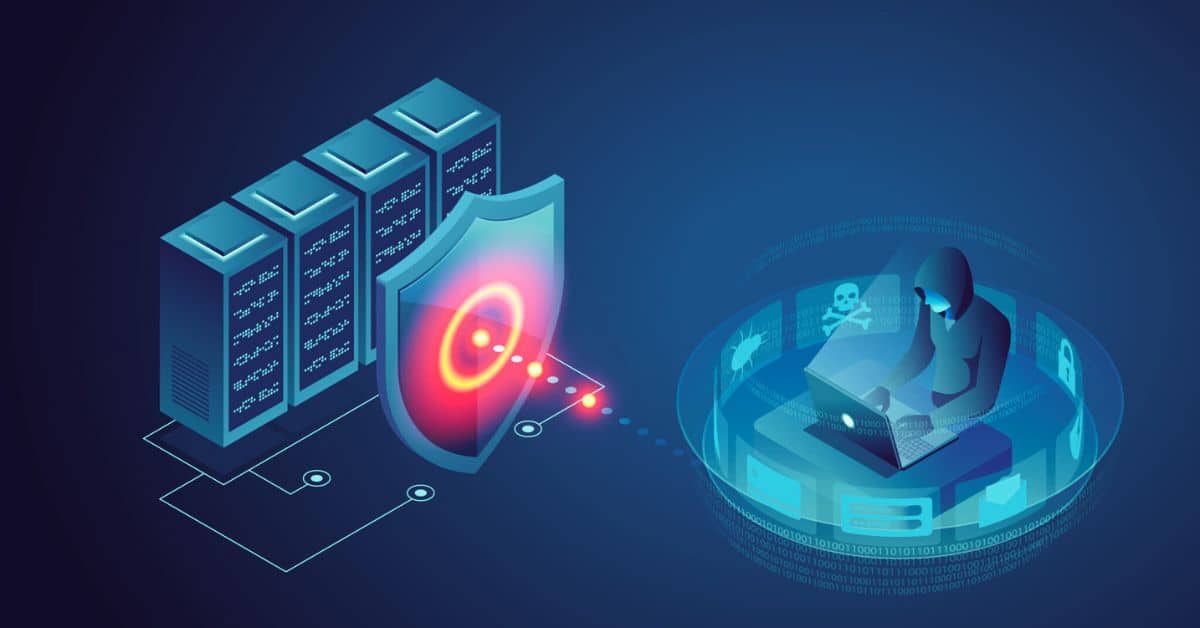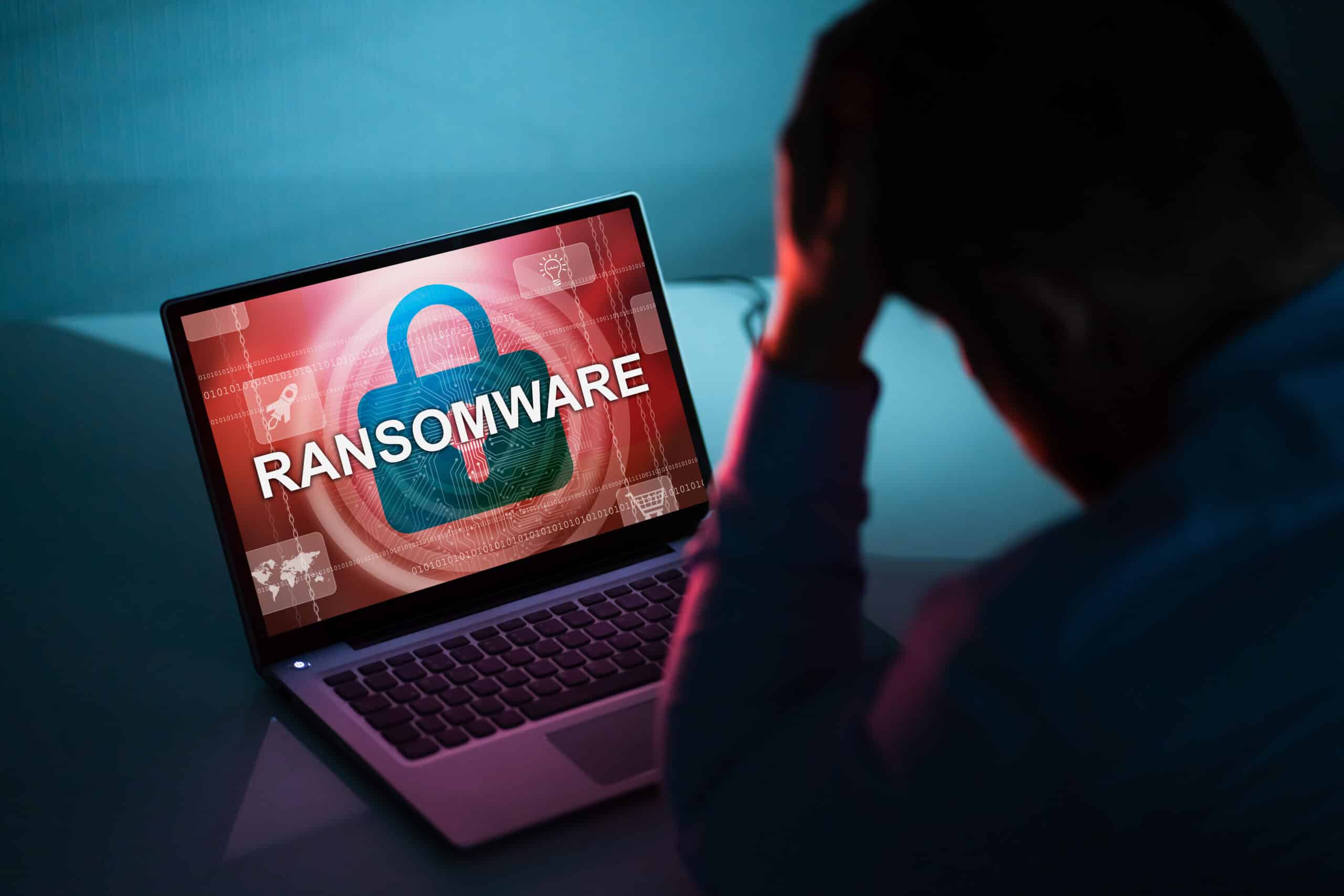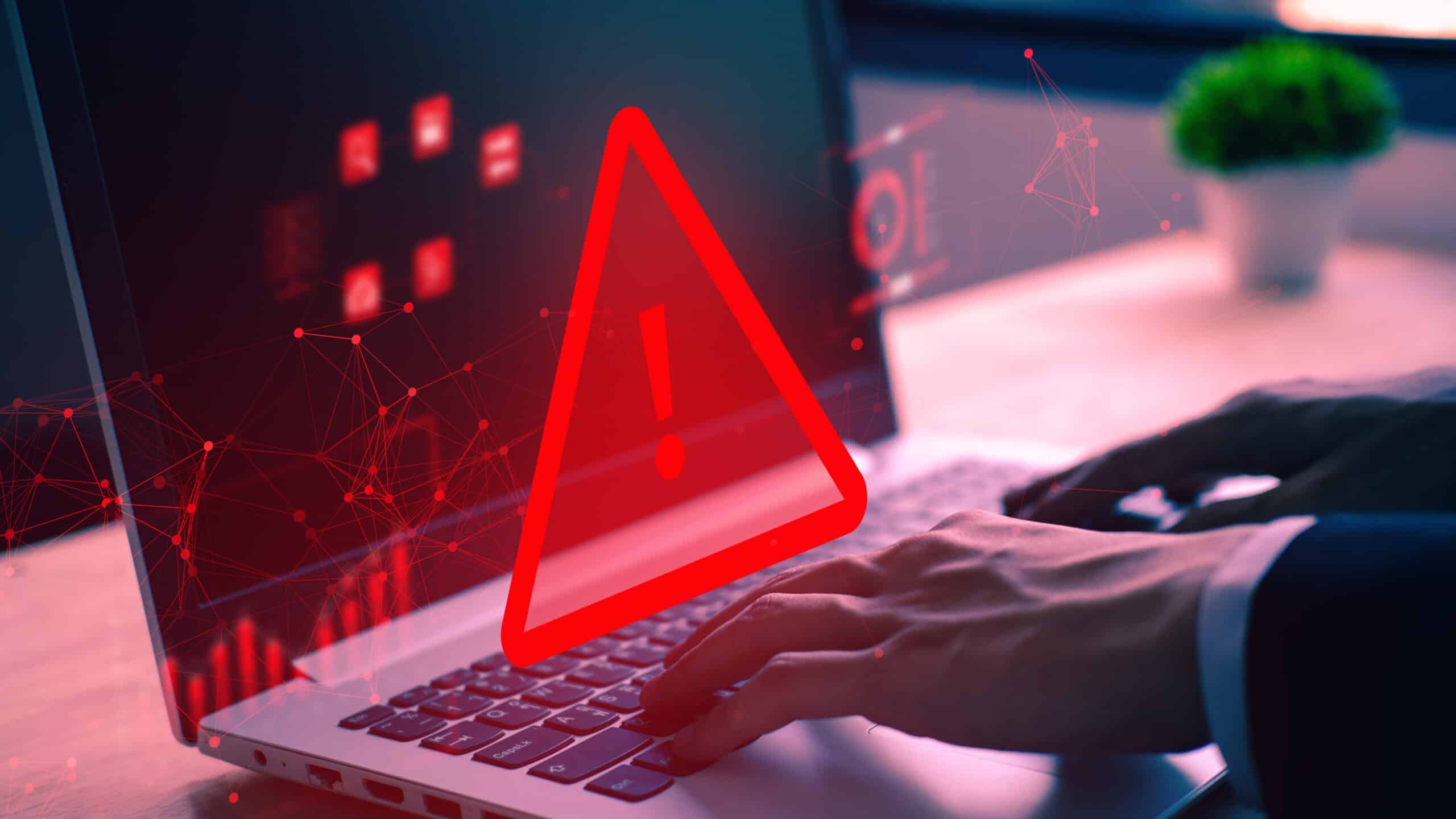Getting cybersecurity buy-in from small to midsized-business (SMB) executives can often feel like trying to reboot a server that’s locked in a perpetual loop – stubborn and unyielding. But to help the business mature, you need to push back against this resistance. Truth is, your SMB needs a defense-in-depth approach – including Managed Detection and Response (MDR) with a Security Operations Center (SOC).
Table of Contents
Why SMBs Must Prioritize Proactive Cybersecurity
In 2023, the Identity Theft Resource Center reported a staggering 2,365 cyberattacks affecting over 343 million victims. This marked a 72% increase in data breaches compared to 2021 – which previously held the record.
Not only are there more attacks every year, but they are also growing increasingly sophisticated. From 2022 to 2023, there was a 64% increase in ransomware attacks that used double extortion tactics. And threat actors are moving to new attack surfaces. In fact, 90% of cyberattacks in 2023 targeted the cloud.
This shift occurred because businesses have migrated most of their data to cloud environments. Unfortunately, detection capabilities in the cloud aren’t sufficient, and attackers are aware that using traditional on-premises malware is more likely to be caught. As a result, they are focusing their efforts on exploiting cloud vulnerabilities – where they can operate more freely. This has significant financial implications for SMBs.
In fact, the average cost of a cyberattack on SMBs ranges from $25,000 to as much as $3 million, making it clear that the financial risks are as severe as the security threats.
Even if your business can absorb the financial impact of a costly oversight, it’s far more beneficial to demonstrate how a proactive investment in a comprehensive cybersecurity strategy — including MDR with a SOC — can protect your organization and strengthen its reputation.

How MDR with a SOC Tackles Today’s Most Pressing Security Challenges
MDR services with a SOC offer a proactive and comprehensive solution by providing continuous monitoring, rapid threat detection, and expert incident response. Unlike traditional tools that rely on reactive measures, MDR uses advanced technologies like machine learning and threat intelligence to detect sophisticated attacks in real-time.
The Challenges it Solves
This combination of cutting-edge tools and human expertise ensures that threats are not only identified but also understood in context. For SMBs, it provides scalable security that keeps pace with evolving threats – ensuring you have continual protection. Here are a few challenges it helps solve:
Threat Actors in the Cloud
As businesses migrate more operations to the cloud, new vulnerabilities and attack surfaces emerge, making traditional security measures insufficient. This is where MDR with a SOC plays a critical role, offering continuous monitoring and real-time detection of advanced threats.
While endpoint detection and response (EDR) solutions are valuable, they fall short in addressing advanced techniques. To make matters worse, threat actors have increasingly targeted cloud platforms like Microsoft 365 and Azure, which many businesses rely on.
Case in point, one of the most concerning tactics threat actors use now is Living off the Land (LOTL), where they exploit native, legitimate tools—such as your IT solutions—to bypass detection and escalate attacks.
In 2023, 62% of detections involved LOTL tactics, underscoring the growing danger these methods pose, particularly in cloud environments.
To identify malicious behaviors effectively, it’s essential to combine human expertise with technology. Automated systems alone may struggle to recognize subtle actions or the intent behind them. Human analysts can scrutinize these behaviors and spot patterns that automated tools might miss, making this combination critical in defending against LOTL techniques.
With proactive threat hunting and continuous cloud monitoring, MDR with a SOC identifies vulnerabilities like misconfigurations or unauthorized access before attackers can exploit them.
Combat Double Extortion Ransomware Attacks
Double extortion ransomware attacks pose a unique challenge for businesses, as attackers not only encrypt data but also steal it, threatening to leak sensitive information unless a ransom is paid. MDR with a SOC is effective in addressing this threat through a layered, proactive approach.
By monitoring network activity around the clock, the SOC team can detect early signs of an attack, such as unusual file access patterns or attempts to encrypt data. This early detection is crucial because it allows the security team to intervene before the attack reaches its full impact.
Another way MDR combats double extortion is through rapid containment and response. Once a threat is identified, the SOC immediately isolates the compromised system – preventing the attacker from further spreading ransomware or exfiltrating data. This quick action is essential for minimizing damage.
Moreover, businesses supported by MDR benefit from strong backup and recovery strategies. Even if an attacker succeeds in encrypting data, secure and tested backups ensure the business can quickly restore operations without paying the ransom.
By having these backups isolated from the main network, the SOC ensures attackers can’t reach or compromise them, giving your business a critical recovery option.

Talent Gap
SMBs often lack the resources to recruit the specialized cybersecurity talent needed to build a fully operational SOC. But even if you manage to hire someone, how do you retain them in the long term when they face challenges like:
- Constantly dealing with high-stress situations, such as responding to cyber threats at any hour of the day?
- The demand to stay proficient with multiple, ever-evolving security tools and technologies?
- Burnout or frustration due to limited career advancement opportunities at a smaller organization?
Outsourcing to a provider that delivers MDR with a SOC is a holistic approach that allows your business to mitigate risks effectively, without the high costs and challenges of creating an in-house security team.
Visibility Across the Environment
MDR provides you with full visibility across your entire security landscape, a task that can be difficult to manage in-house. With the diverse range of applications and network components needing monitoring, many businesses struggle to achieve a unified view – especially when these systems don’t seamlessly integrate.
By partnering with an outsourced MDR provider, you gain access to advanced tools and expertise that offer a centralized, real-time view of your entire environment.

Alert Fatigue
Managing a vast array of applications often leads to alert fatigue due to the overwhelming number of notifications, which can cause your team to miss or mishandle critical threats. By outsourcing MDR/SOC functions, you relieve yourself and your IT staff from the constant threat management burden.
Outsourcing ensures that:
- False positives are filtered out. Reducing unnecessary distractions.
- Critical threats are prioritized. So, your team can focus on what matters most.
- Your business stays secure. Without overwhelming your IT team with a flood of alerts.
Why Your SMB Should Invest in MDR
As cyber threats grow in complexity and scale, small businesses can no longer rely on basic security measures. A defense-in-depth strategy that includes MDR is crucial for proactive threat management.
MDR and SOC provide the advanced tools and expert monitoring that you need to protect your business operations, whether you are combating challenges like:
- Cloud-based attacks
- Double extortion ransomware
- Lack of visibility
- Specialized talent gaps
- Alert fatigue














